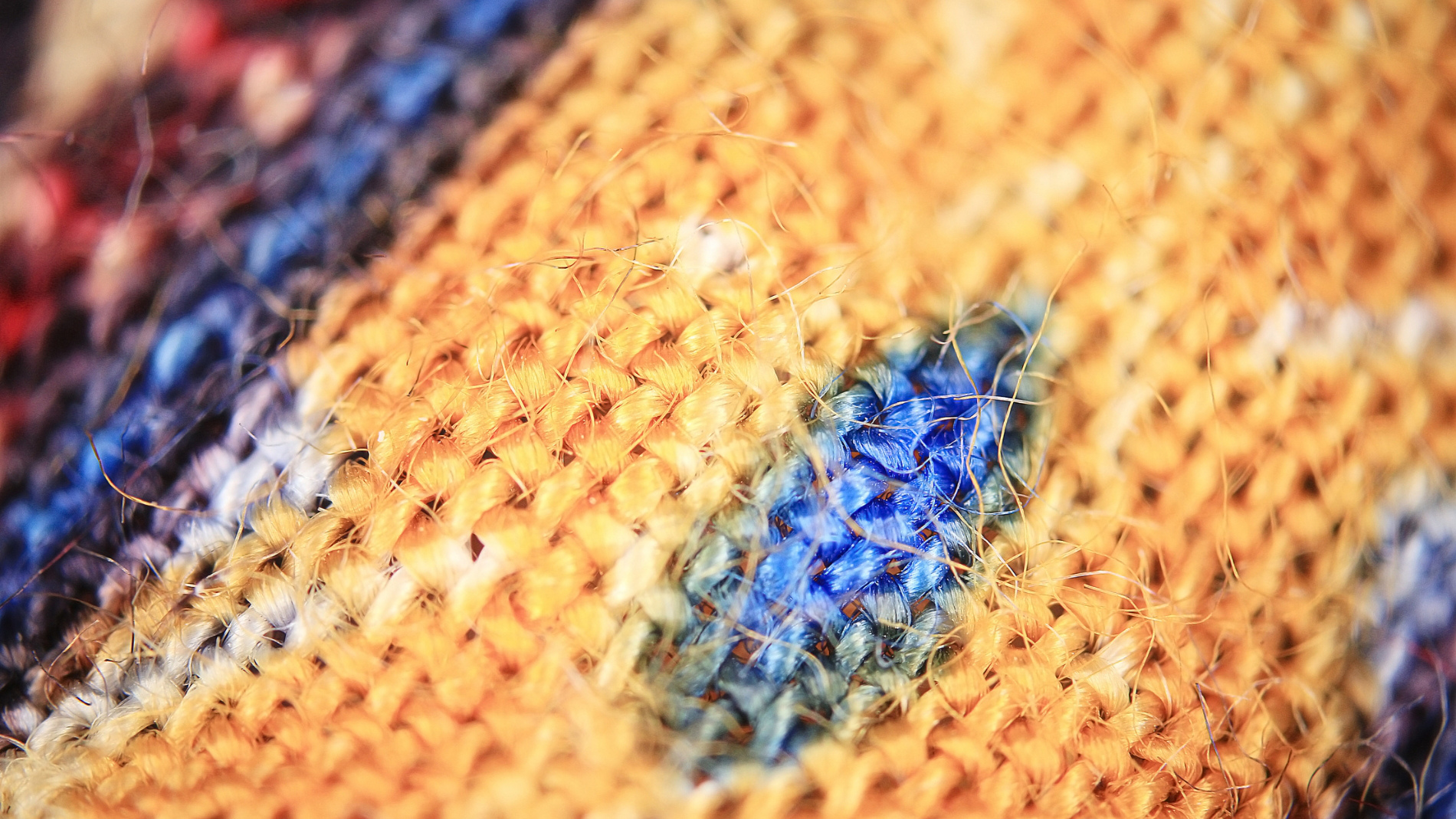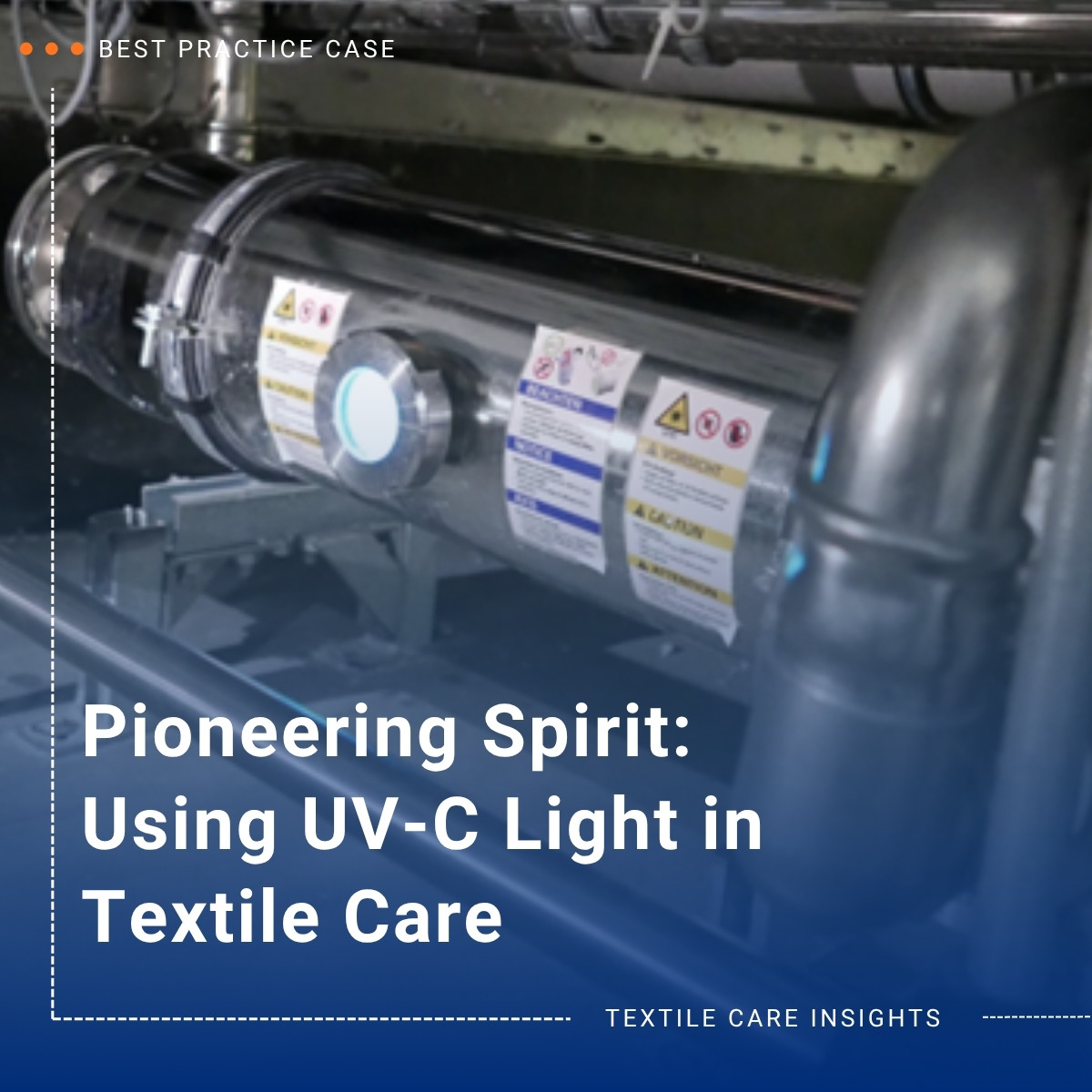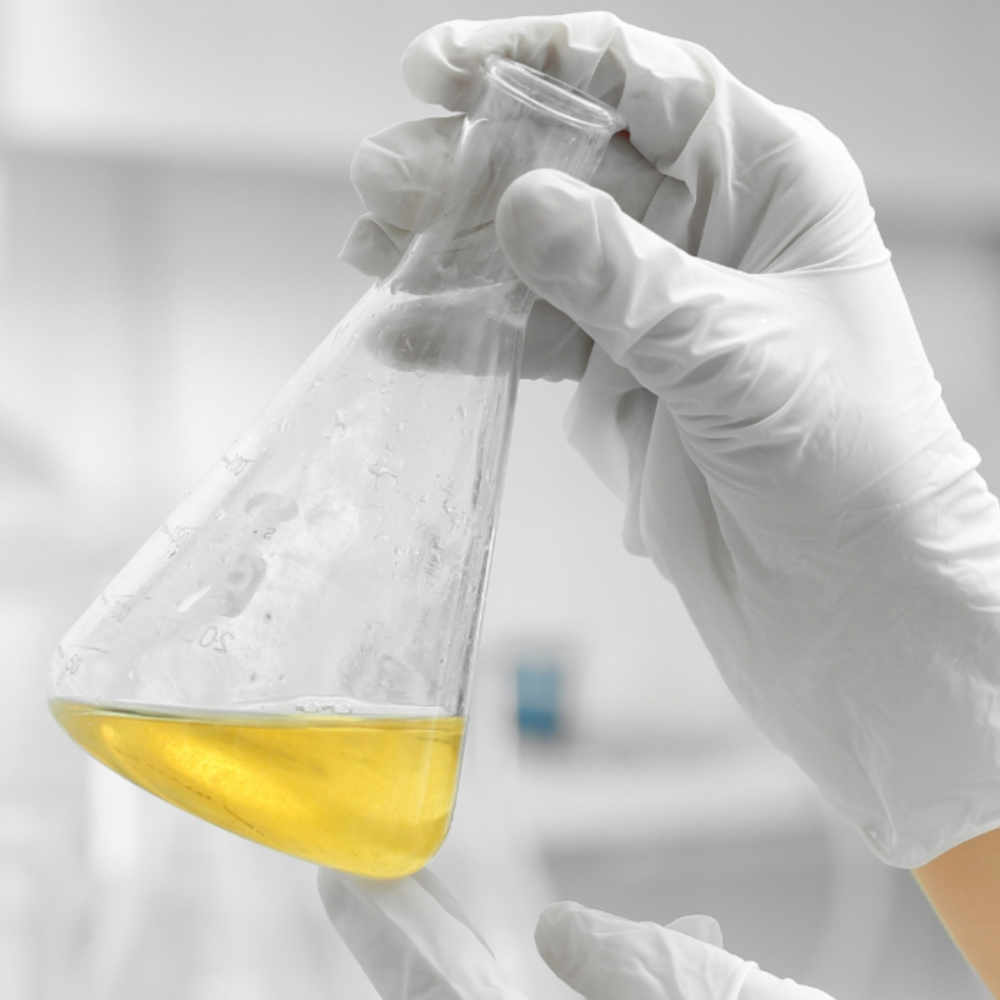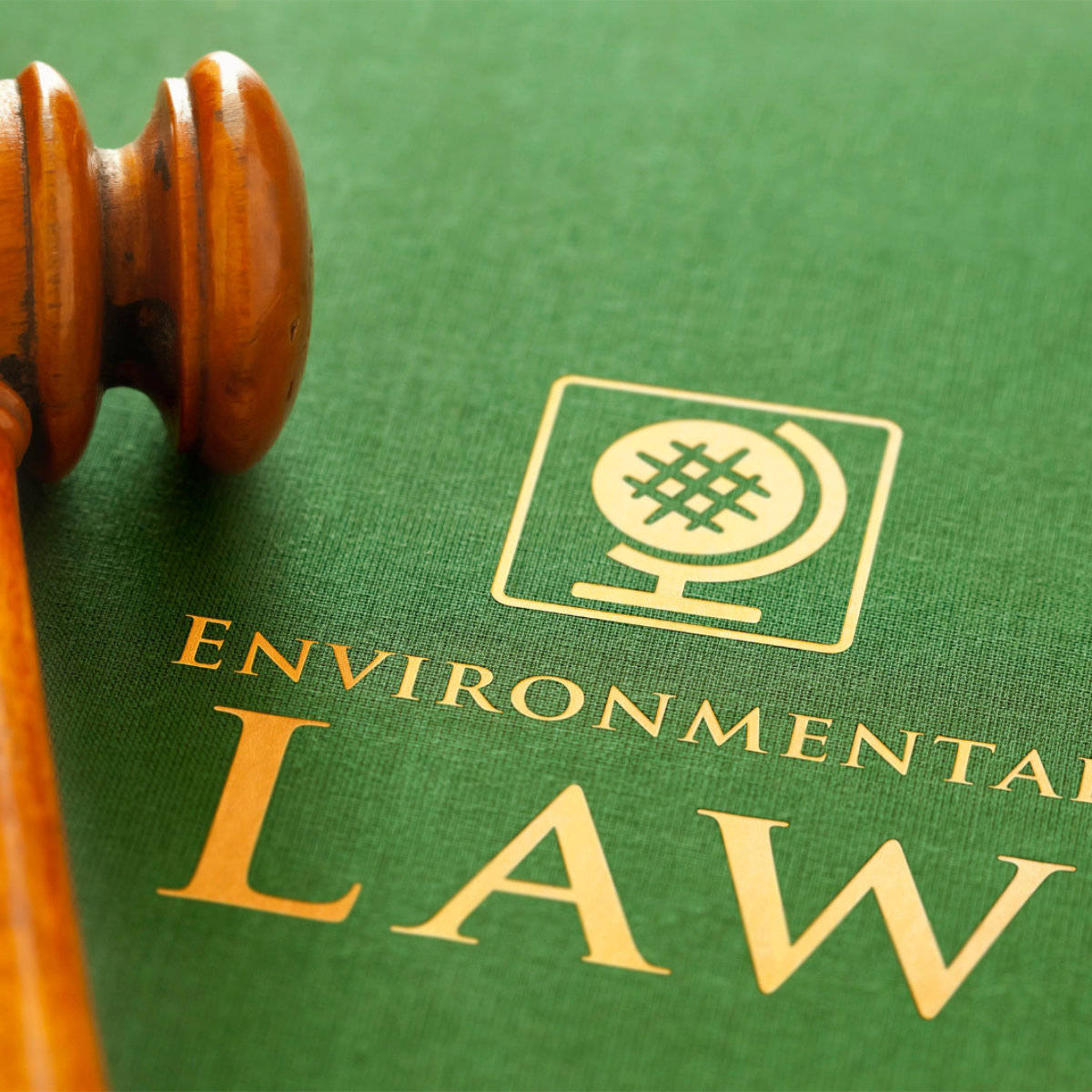Reading time: 4 minutes
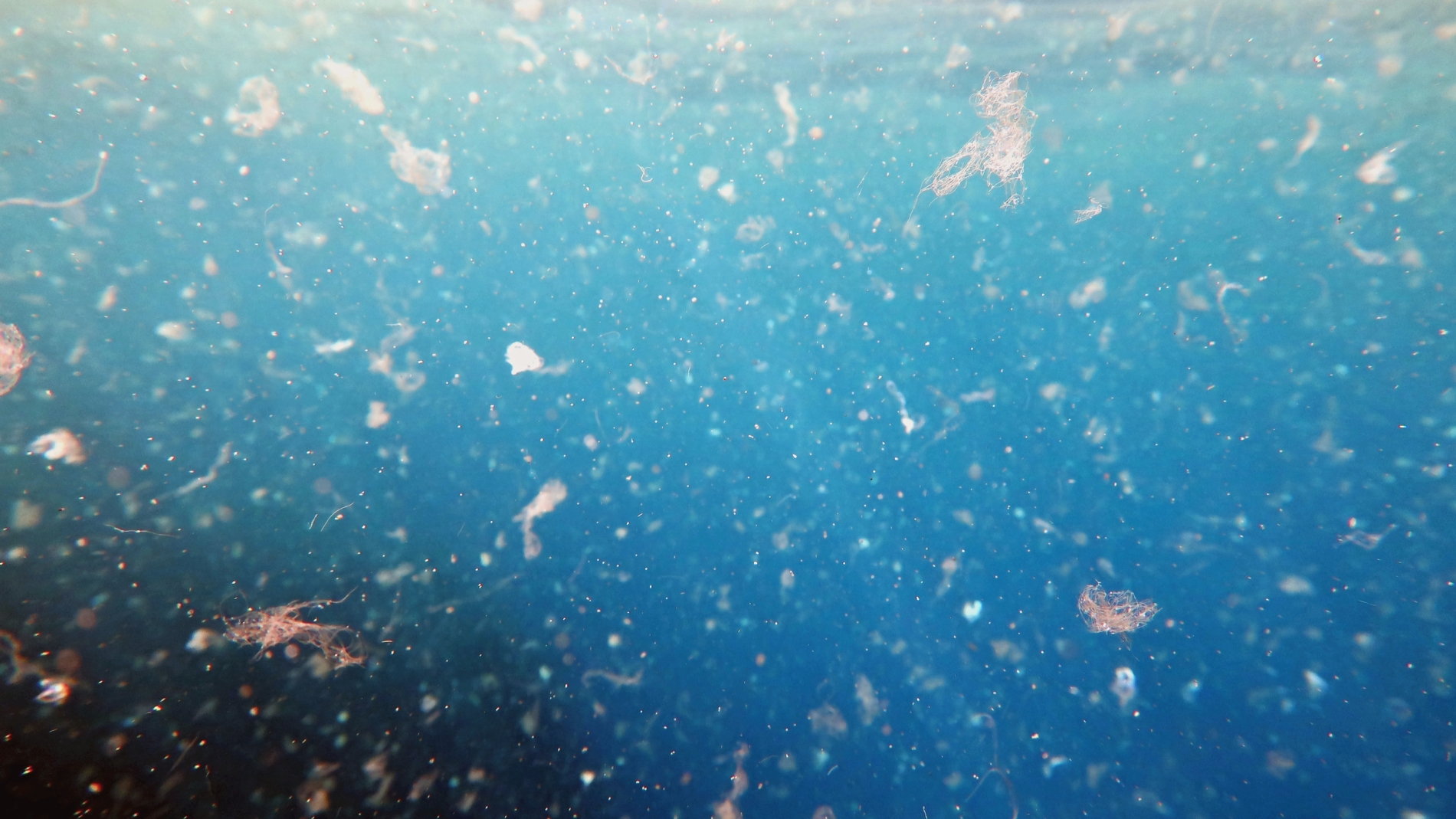
Microplastics in the environment are regarded as one of the major challenges, and the potential dangers and risks for the ecosystem, in particular for waters, wildlife and humans, as well as the different pathways of entry, are the subject of research and generate broad societal interest. Accordingly, media attention is high and politics is also dealing with microplastics and is introducing new laws, also at EU level. Microfibres, on the other hand, are deliberately manufactured for defined functions, such as an increased absorption capacity for liquids or fast drying in the air. They are therefore a highly relevant fibre material, especially in the production of outdoor clothing, cleaning cloths/wipes and for medical textiles. Nevertheless, it is not successful to clearly separate the terms in publications and media contributions.
According to the results of a meta-study by the European Commission from the year 2023, the amount of microplastics released into the environment through textiles fluctuates between 1,649 and up to 61,078 tonnes per year. The clearly differing values show the need to develop standardised solutions and norms in order to reproducibly detect and compare the discharge volume. The term microplastics in the context of textiles also needs to be clearly defined. In individual studies and publications, microfibre is spoken of when microplastics is meant, or microfibre is directly used as a synonym for microplastics. As a consequence, terminological confusions and uncertainties arise among customers who use products made of microfibres.
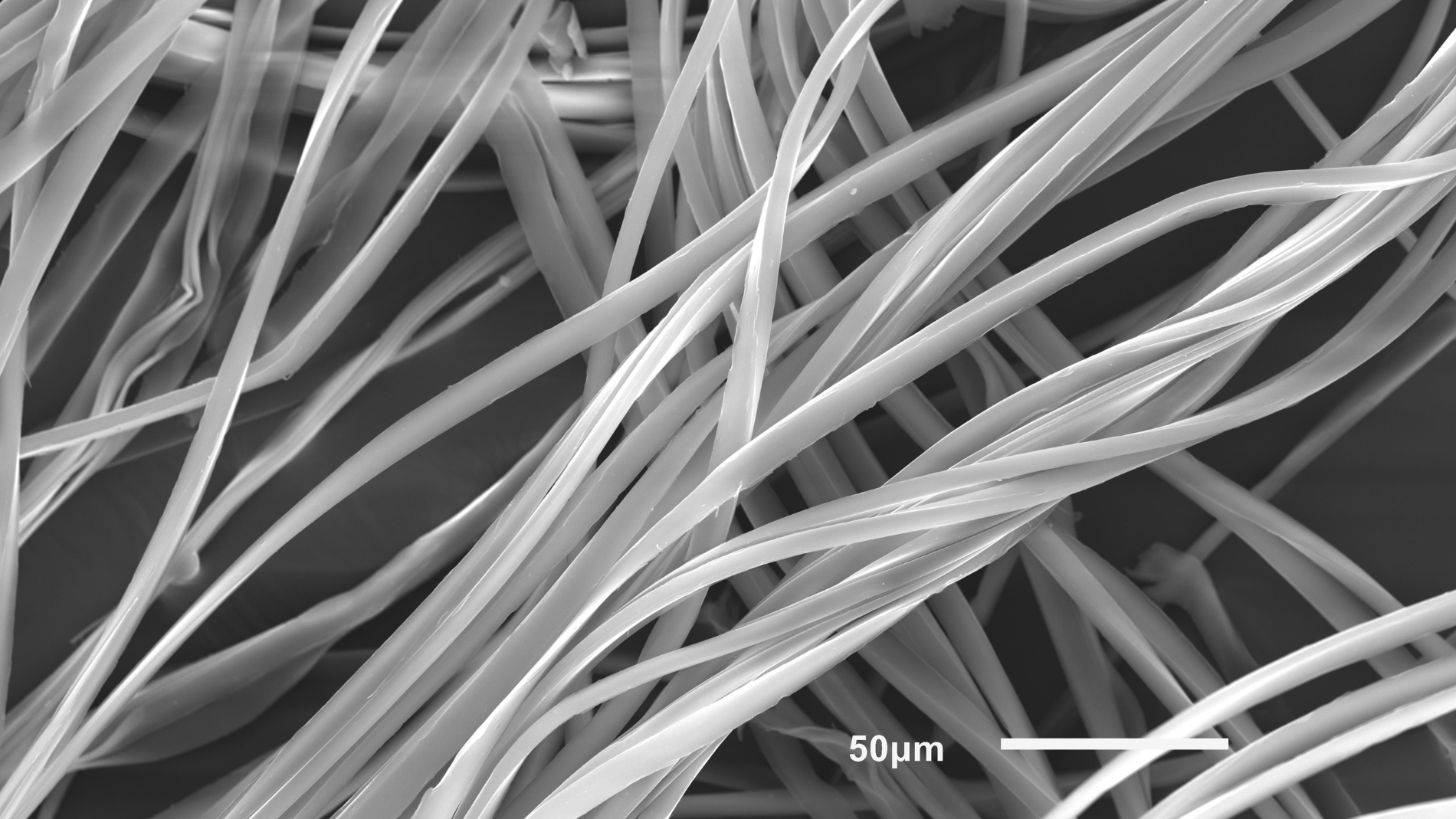
Microfibres are regarded in the man-made fibre industry as their own grouping and are defined by a fineness between 0.3 dtex and 1.0 dtex and are therefore finer than natural fibres. They are produced from all important fibre raw materials, which include for example, among the synthetic polymers mainly polyester (PES), polyamide (PA) and polyacrylonitrile (PAN), and among the natural polymers viscose (CV) and modal (CMD). Due to the fineness of the fibres, yarns made from microfibres can contain three to four times as many filament threads at the same yarn thickness and can be processed into dense, lightweight fabrics. For applications in the field of cleaning cloths/wipes and medical textiles, the characteristics of shrink resistance, the hypoallergenic and antistatic properties, as well as good absorption capacity, are important. These market requirements cannot be represented by other groups of man-made fibres.
If one wants to continue to successfully market and clean the man-made fibre group in textile service, it will be important to counter the dual use or the synonymous use of the terms microplastics and microfibre.
This raises the question of the exact definition of microplastics in connection with textiles. Can a distinction between the terms be made through definitions? Microplastics can already arise during fibre production for the textile industry, within the textile industry itself, and in the usage phase, and therefore also in cleaning processes. A large proportion of the microplastic fibres found in waters consist of polyester, as the research project Textile Mission (2022, within the framework of “Plastics in the Environment”) established, but there is no clear reduction to microfibres. Mechanical stress, abrasion and wear contribute to fragmentation and release. The United Nations Environment Programme (UNEP) defines microplastics as “non-biodegradable, water-insoluble, solid plastic particles that are smaller than 5 mm” (UNEP 2015). Fibres emitted from textiles also belong to the particles referred to as microplastics. It quickly becomes apparent that the definitional framework for fibres does not work in this way. The fibre length can exceed 5 mm, but the fibre diameter can be significantly smaller. Fibrous microplastics are not always textile-based; they can, for example, originate from other sources through peeling into long fragments (Plastics in the Environment – a Compendium 2022). Natural fibres that have been subjected to mechanical or chemical treatment from their unprocessed raw state can also emit microplastics of textile origin (Fashion for Good & The Microfibre Consortium 2025). For fibrous microplastics, there is not yet a final definition.
It becomes clear, however, that not every detected microplastic of textile origin consists exclusively of microfibres.
Thus, a synonymous use of the terms is not correct and it remains important to use the terms consciously and, in particular, to include customers and purchasers in these complex subject areas. The use of an independent term, such as microplastics of textile origin or fibrous microplastics, should be aimed for in the future. By establishing an independent term, a terminological distinction from microfibre is possible and also feasible.
